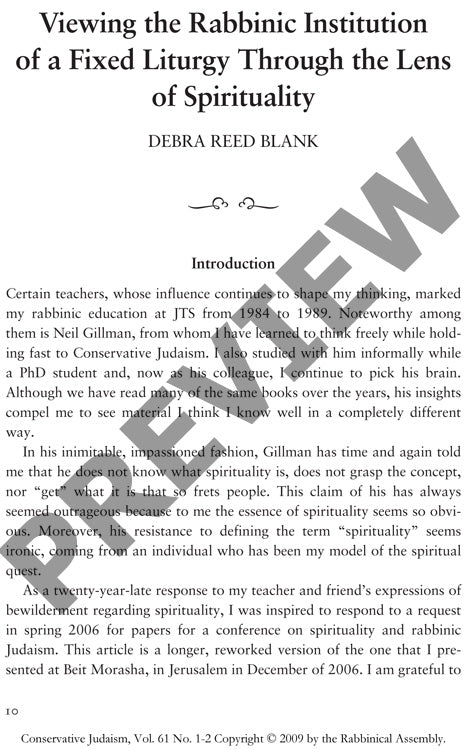Viewing the Rabbinic Institution of a Fi
Couldn't load pickup availability
Jewish liturgy's remarkable dual nature - fostering both communal solidarity and individual mystical connection - emerged through careful rabbinic design rather than historical accident. Early rabbinic authorities navigated competing spiritual imperatives when establishing fixed prayer, balancing two distinct models of religious experience: mystical communion with the Divine (*unio mystica*) and collective religious identity (*communitas*). Analysis of Talmudic sources regarding the *Amidah* and *berakhah* formulae reveals how rabbis consciously preserved both dimensions, crafting standardized communal language while carving out dedicated spaces for personal prayer (*tahanunim*). The innovative *berakhah* formula exemplifies this synthesis, employing collective terminology ("our God") alongside intimate second-person address ("You are blessed"). Evidence of resistance to completely fixed liturgy, particularly from figures like Rabbi Eliezer, demonstrates ongoing rabbinic concern for authentic individual communion with God. The resulting liturgical framework successfully accommodates both spiritual models, enabling simultaneous movement toward community and toward the Divine - a sophisticated solution to fundamental tensions in Jewish religious expression.

More Information
-
Physical Description
-
Publication Information
Published 2008-2009
ISBN
-
Publication Credits
Debra Blank

